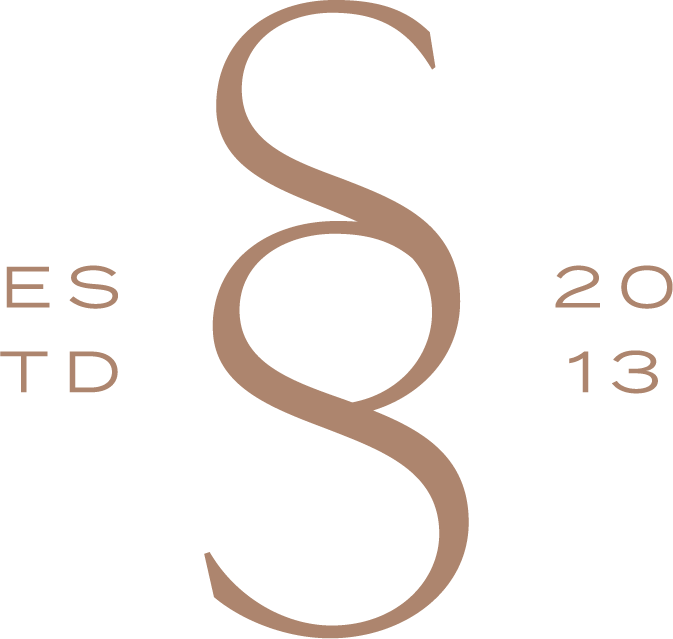The Style Shop Denver's Exclusive Look at the How-To of a Closet Cleaning
Wouldn’t it be nice to know exactly where each item of clothing hangs in your closet?
To rid yourself of clutter and eliminate last-minute burrowing?
Whether it’s a beginning-of-the-year project, spring cleaning endeavor, or spontaneous urge to organize, giving thought to your functional wardrobe can make all the difference in the time you spend getting ready every morning.
Because I deeply care about helping not only The Style Shop by Sandi Mele clients, but each and every reader that comes across my page, I couldn’t be more excited to share some of the tried and true processes I use as a Denver personal stylist with clients during a closet audit or closet cleaning session!
If you find this educational, I’d love to hear about what you learned in the comments below. But first, here’s how I recommend approaching your wardrobe during a closet clean-out:
First, divide your closet into piles of:
KEEP – clothing that flatters and makes you feel your very best
ARCHIVE – seasonal items that aren’t being worn during the current season (think sweaters or coats during summer). Reassess this pile in 3-6 months and experience the excitement of reuniting with pieces you nearly forgot about...then move the items you are still not excited to wear to the donate or sell pile.
Note: This is not a place to dump nostalgic items. If your Girl Scout’s vest is simply too hard to part with, take a picture and add it to your scrapbook! The clothing in your closet is taking up valuable real estate, so make sure each piece is paying rent.
FIX – sick items that need attention. If you still haven’t touched these items after two weeks, evaluate what they mean to you and move to the donate pile if you’d rather not have them repaired.
DONATE – faded, torn, stained, moth-eaten and whatever else your imagination can conjure. Don’t worry, that $10 tee can indeed be replaced by a new version for the same price!
SELL – clothing in good condition that is never worn. This may consist of items that still have the tag attached, can’t be paired with anything else in your wardrobe, or are waiting for you to lose 20 pounds. Remember, your clothing must pay rent! It may be fun to plan a clothing exchange with your closest friends, or take these items to a consignment store where you can receive store credit.
**If you are still having trouble deciding which items to part with, try hanging all your items backwards in your closet. Then, after you wear a piece of clothing, replace it in your closet by hanging it in the opposite direction. If an entire year passes and you still have items hanging the opposite direction, you know they should not be a part of your functional wardrobe.**
Next, hang the items from your “Keep” pile in the way that is easiest for you to identify.
Make sure the items you wear the most are front and center. Here are a few ways to categorize your clothing:
Functionality – sort clothing by function, such as work clothes, casual clothes, and evening clothes.
Style – sort clothing by its style, such as categorizing tops by tanks, short sleeves, long sleeves, jackets, cardigans, etc.
Color Coordination – sort clothing by color (this is one of the most appealing to view).
Feel free to combine all three options or utilize other techniques that have previously worked best for you.
Lastly, take the time to think through the best way to utilize the space in your closet.
If you have a walk-in closet, you may have a bit more flexibility with shelves and drawers. Otherwise, creativity may be your greatest asset in preventing clutter. Here are a few suggestions:
Fold – knits and sweaters. Hanging can cause them to stretch and lose their shape.
Label – piles of clothing and contents of drawers. Make it cute! Your closet should be an inner sanctuary and space you enjoy entering every morning.
Hang – with wooden or velvet hangers that won’t bend or snap with heavy clothing. I personally use thin, velvet hangers in my closet. I love them because of all the space they save! I can fit almost twice the amount of clothing on a single rack when compared to thick, bulky plastic hangers that don’t always hold slippery materials.
Divide – piles of clothing with cardboard, tension rods, dividers, or other resources to keep the shape of the stack intact. My favorite? Shoe boxes covered with colorful paper! I love the idea of using this around-the-house resource to house hose, tights, and socks. You can roll each style and stand fold them in order to see each style!
I hope this guide has been helpful and tangible in jump-starting a clean, organized wardrobe this season. Did you find this blog post educational? Inspirational? Drop a note in the comments section below. I’d love to hear from you!
Stylishly (and strategically) yours,






